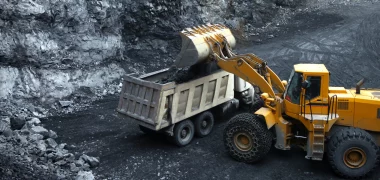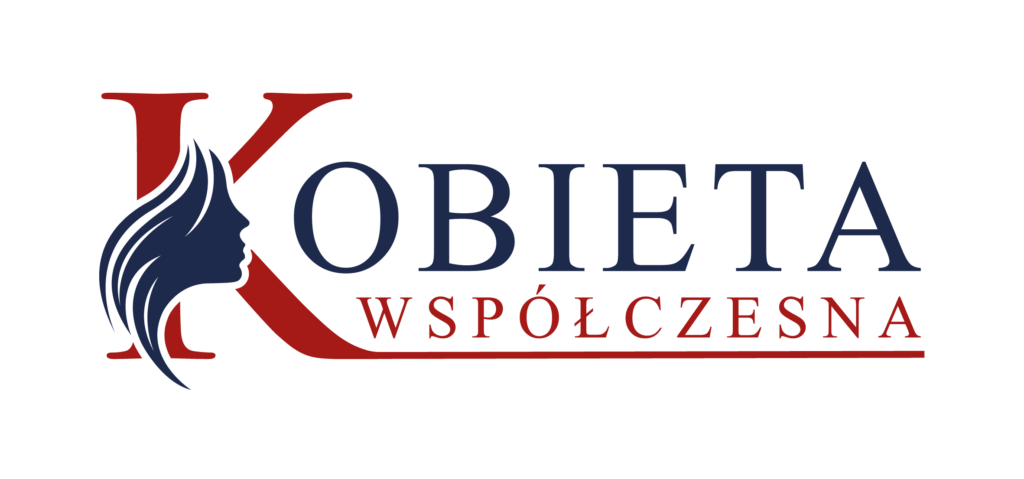Mining is not just coal

In the latest report (as of the end of December 2023) “Balance of mineral resources in Poland”, prepared by the National Geological Institute, we can find sufficient evidence that Poland is a country with interesting and exploitable resources of various minerals. Even such unique ones as rhenium, of which we are the only producer in the European Union, and without which there are no modern parts for jet engines, gas turbines or spacecraft casings[1]. Molybdenum is another mineral that is essential for modern steel industry and is found in Poland. Of course, we also have copper, coal and silver, as well as significant reserves of zinc and lead ores.
Exploration for new deposits of raw materials needed for the energy transition, such as lithium, copper, aluminum and cobalt, is ongoing. With varying intensity and scope, work is underway in the Swietokrzyskie Mountains, Sudetenland, northeastern Poland and the Baltic region[2]. Since the 1960s, Suwalski has also been known for its reserves of iron ore and rare titanium and vanadium. The reserves of deposits located in the Jeleniewo municipality alone are estimated at 1.34 billion tons[3]. Polish lithium deposits, on the other hand, are small and are located in the Piława Górna and Lutomia quarries in Lower Silesia.
The key to the success of these explorations is not only the existence of adequate scientific and research facilities, but above all the existence of an advanced mining industry, which, regardless of the existing conditions and geological risks, is able to undertake the task of reaching a given deposit, then securing it and starting to mine it. These are the dozens of companies in the mining industry that provide the equipment and technology needed for every stage of exploration and mining, from moving the first shovel to delivering the first mined ton of ore to the processing plants.
Our country has polymetallic ores of copper, hard coal, brown coal, natural gas and small oil reserves. There are resources of other metal ores in deposits prepared for possible future exploitation. There is also no shortage of rock salt, native sulfur, or granite and basalt. Most importantly, we have metal ore deposits just waiting to be mined. This is also important from the point of view of the European Commission’s report on critical raw materials published last year. This is not only an inventory of raw materials considered critical for the EU, but also an incentive to explore and then exploit them in the member states.
– “We need to realize and make the public aware that the popular view of mining as a ‘dirty industry’ and of geologists and miners as declining and disappearing professions is wrong” – argued prof. Krzysztof Szamałek, director of the National Geological Institute, in an interview with Gazeta Wyborcza.
According to the professor, the opposite is true. Anyone who thinks about the security of raw materials and, by extension, national security, must take into account the mineral resource base, recognize the need to learn about it and renew it. Deposits that were previously known, richer, and more easily accessible are being depleted, and the world is reaching for deeper and deeper resources. It is going after deposits that have lower mineral or elemental content in the ore, or that occur in poorer geological conditions, making them more and more expensive to extract. But we do it because we need it for the normal functioning of the economy[4].
For 40 years, since the first Mining Fair we organized, we at EXPO Katowice have held the position that mining, in the broadest sense of the word, is one of the key segments supporting the functioning of the Polish economy.
Eldorado right under your nose
Entirely new opportunities arise from the possibility of exploiting the raw materials contained in the post-mining dumps that literally litter both Lower and Upper Silesia. We have already identified more than 1,300 of them. The ores mined in the past may have been accompanied by the presence of various rare earth elements. The time has come to verify this[5].
In the Silesian Sudetes alone, 450 such sites have been identified, mostly associated with the mining and processing of coal and metal ores (including uranium and gold)[6]. As reported by the National Geological Institute, these are both very large objects: settling pits and heaps with a volume of millions of cubic meters, which represent anthropogenic deposits of raw materials, and small, inactive heaps, which are peculiar monuments of former ore mining. Irrespective of their size and origin, it will be impossible to reach the minerals they contain without the equipment available to the mining and related industries. We are talking about manufacturers and suppliers of mining machinery and equipment, as well as mining support services. Many of these companies have competencies that are unique on a global scale. That is why cooperation with the mining industry in India, Vietnam, China or Indonesia, for example, is so important to their survival.
According to the latest data, the mining and quarrying industry will employ about 144,212 people in 2021. Coal and lignite mining alone will employ about 87,630 people.
We invite you to join the discussion on our social media.
[1] https://kghm.com/pl/biznes/produkty/ren.
[2] https://nauka.tvp.pl/57951140/polska-przed-wyzwaniem-pozyskania-metali-ziem-rzadkich.
[3] https://www.gazetaprawna.pl/wiadomosci/kraj/artykuly/9447588,potencjalne-zloza-surowcow-na-suwalszczyznie-niemiecka-firma-wznowila.html.
[4] https://www.pgi.gov.pl/aktualnosci/display/15460-wszystko-zaczyna-sie-od-surowcow-mineralnych-wywiad-z-dyrektorem-pig-pib-prof-dr-hab-krzysztofem-szamalkiem.html.
[5] https://www.wnp.pl/gornictwo/polska-moze-miec-zaskakujace-zrodla-metali-ziem-rzadkich,701550.html.
[6] https://www.pgi.gov.pl/aktualnosci/display/10454-nowa-baza-danych-o-dolnoslaskich-haldach-2.html.

